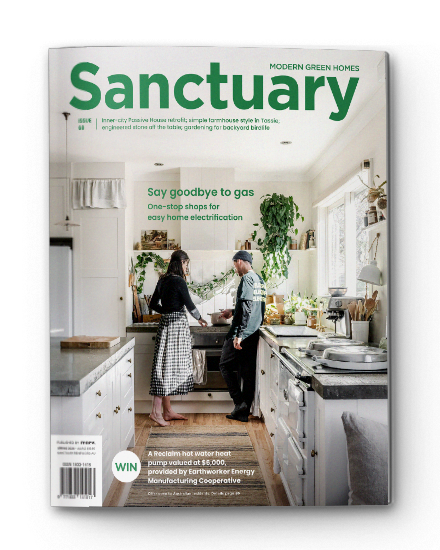All together now
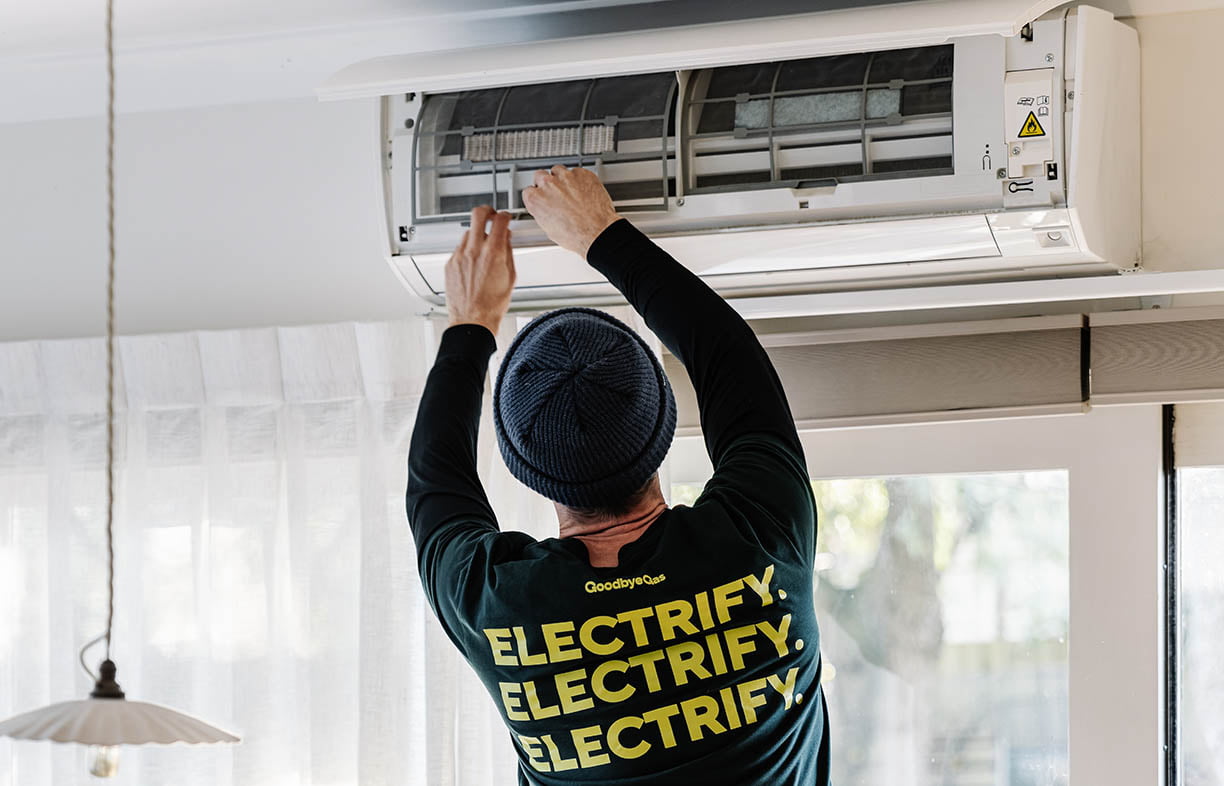
One-stop shops for energy upgrades
If you want to do a home energy upgrade, it can be hard to know where to start. One-stop shops offer advice, information and referrals all in one place; we take a look at what they’re all about.
For most of us who are homeowners, our home is the most valuable thing we own. But for something so important, when our homes aren’t working like they should, it’s not always clear where to turn. Fixing up the performance of a leaky, energy-inefficient home can require a lot of different steps and different contacts. An energy retrofit might include insulation, sealing up gaps, upgrading windows, replacing gas appliances, installing solar, or even design changes. For many people, it can be hard to know where to start, and what support and rebates are available.
Savvy consumers with a copy of Sanctuary under their arm are well placed to navigate the challenge. Nonetheless, there is strong evidence that complexity, lack of information, and upfront costs are key barriers that are slowing down home retrofits at the scale that is needed for a rapid energy transition.
One emerging model to address these barriers is the ‘one-stop shop’ for energy retrofits. The idea is simple: instead of the homeowner needing to research from scratch and contract each of the required suppliers and installers, the one-stop shop provides a single point of contact that facilitates the whole project. Alongside providing an assessment and coordinating suppliers, the model can integrate financial support and rebates, accessible information, and the accreditation of professionals. Australian governments and businesses are starting to develop one-stop shops for retrofits, so it’s worth looking at what is working already.
International examples
The gold standard in government-led one-stop shops can be found in Ireland. The Irish model focuses on ‘deep retrofits’. To participate, households need to undertake a minimum number of interventions and deliver a significant uplift in energy performance: a saving of at least 100 kilowatt-hours per square metre per year. Critically, the retrofit comes as a package: rather than paying separately for each item, residents are offered an overall retrofit price that is offset by upfront government grants.
Following a home assessment – comparable to a Residential Efficiency Scorecard here in Australia – residents are advised of the measures needed to achieve a deep retrofit. Subsidised services are delivered by registered tradespeople who have undergone a quality assurance process. While all measures can receive grants or rebates, the most generous incentives go to priorities like installing heat pumps. Households seeking only a minor upgrade are redirected to complementary programs, while low-income households are eligible for limited free retrofit services.
The Irish approach has delivered results. In a country of five million people, in 2023 their Sustainable Energy Authority processed over 67,000 applications for home retrofit packages; successful deep retrofits more than doubled compared with 2022.
One-stop shops have also been established in many European countries with technical, policy and financial support from the European Union. Often the services are delivered at the local level, for example with a point of contact within local councils. One-stop shop initiatives have been delivered by private businesses, public agencies and public-private partnerships. In the United States, the Energy Trust of Oregon is an independent not-for-profit body that receives mandated funding from energy companies to assist households and businesses in reducing energy costs through energy efficiency or shifting to renewables. Like its European counterparts, the Trust offers incentives alongside advice and coordination services.
What’s happening at home
Here in Australia, new businesses are stepping into the gap with energy retrofit packages. Victorian businesses Get Off Gas and Goodbye Gas (see case study on p64) have recently been established to facilitate household electrification, including initial assessments, planning, and replacement of gas appliances via a single point of contact. The Energy Efficiency and Electrification Alliance, founded in 2023, brings together a group of small businesses and cooperatives across the home energy sector to coordinate home energy retrofits under a one-stop shop model. Startup Evitat offers a platform for tracking improvements and connecting with providers.
Meanwhile, the Residential Efficiency Scorecard is a valuable starting point for advice on home retrofits for Australian households. A registered assessor visits and calculates a home energy rating, and can provide suggestions about key measures to improve the energy performance of the home. While most Scorecard assessors do not give specific referrals to businesses that can provide those improvements, the recommendations provide a starting point for understanding what is needed.
There is an emerging consensus that governments have a role to play in developing one-stop shops for retrofits. Not only can public programs improve consumer trust in vetted providers, they can also reduce the barrier of upfront costs by integrating access to financial support such as rebates. This has been a critical element of the success of programs in Ireland and elsewhere overseas.
Government agencies such as the State Electricity Commission in Victoria have flagged plans to develop one-stop shops. At the local level the possibilities have already been demonstrated. Merri-Bek council in Melbourne’s north has offered subsidies of up to $3,000 on solar panels or $2,000 on insulation and draught sealing for low-income households through its Solar Thermal Program. Beyond the subsidies alone, the program has been successful by including a personal concierge service, assistance in navigating applications for federal and state government rebates and interest-free loans, and targeted community engagement.
The example of Merri-Bek points to the importance of embedding programs within a community context. As Asha Ramzan of the Sydney Community Forum (SCF) has highlighted, a one-stop shop must not mean one size fits all. Households and communities facing barriers to participation in the energy transition may also face exclusion from one-stop shop programs if they’re not designed appropriately and consultatively. For example, the SCF and Energy Consumers Australia recommend federal funding for a Community Energy Hub in Western Sydney that would provide education and services in local community languages and culturally appropriate settings.
To sum up
Ultimately, even as the private and public sectors develop new models for simpler access to energy information and retrofits, community organisations and grassroots groups have a key role to play. The trust and authentic community involvement that they bring are vital for successful programs and are needed to make the retrofit agenda more inclusive.
Bringing our homes up to scratch on energy has so many benefits for our health, our comfort and our wallets, and there is simply no way for Australia to meet any meaningful climate goals that doesn’t include our homes. Making retrofits simpler and more accessible is urgent, and one-stop shops are a big piece of the puzzle.
Further reading
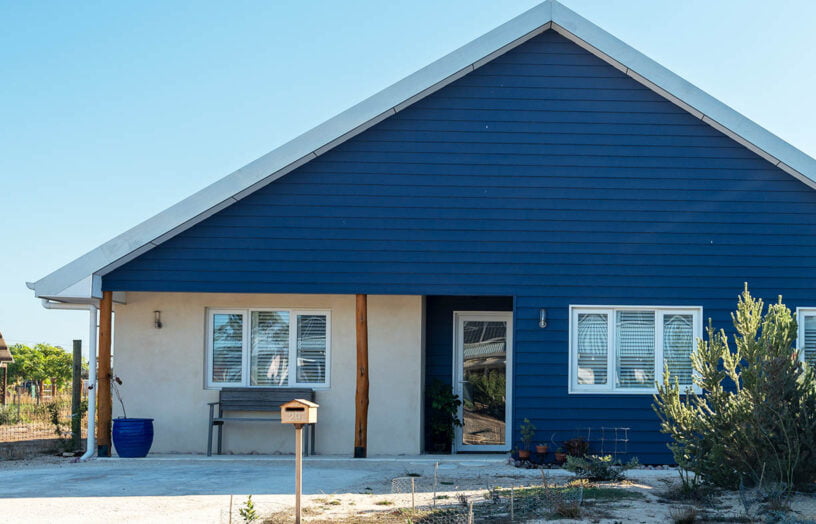 House profiles
House profiles
New beginnings
Catherine’s new hempcrete home in the Witchcliffe Ecovillage, south of Perth, offers her much more than simply a place to live.
Read more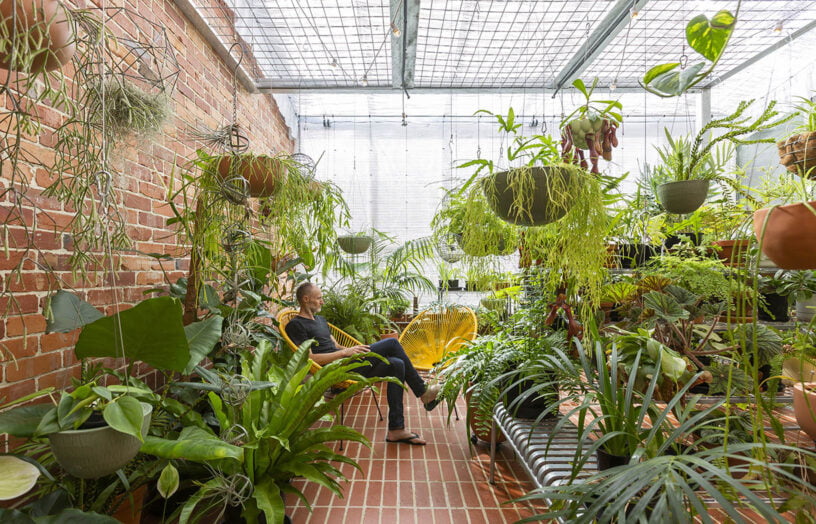 House profiles
House profiles
Greenhouse spectacular
This Passive House is comfortable throughout Canberra’s often extreme seasons, and has a greenhouse attached for year-round gardening.
Read more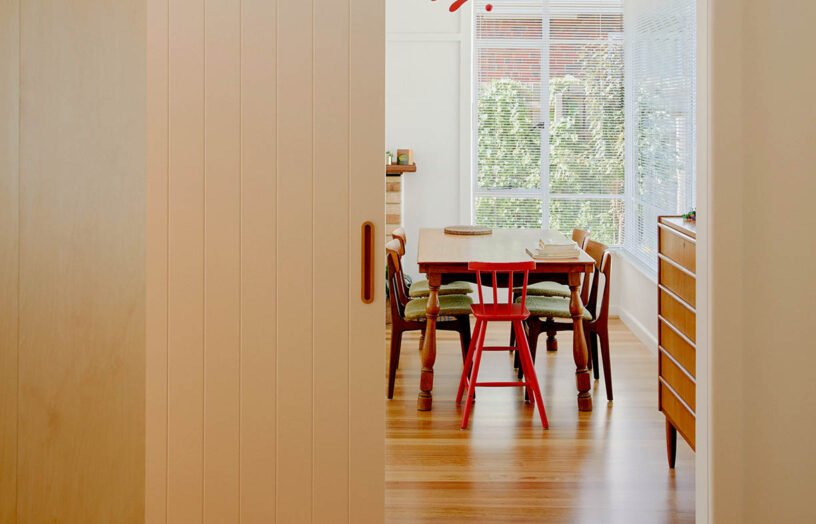 House profiles
House profiles
Like a charm
A smart renovation vastly improved functionality and sustainability in this small Melbourne home, keeping within the original footprint and retaining the cute period character.
Read more

